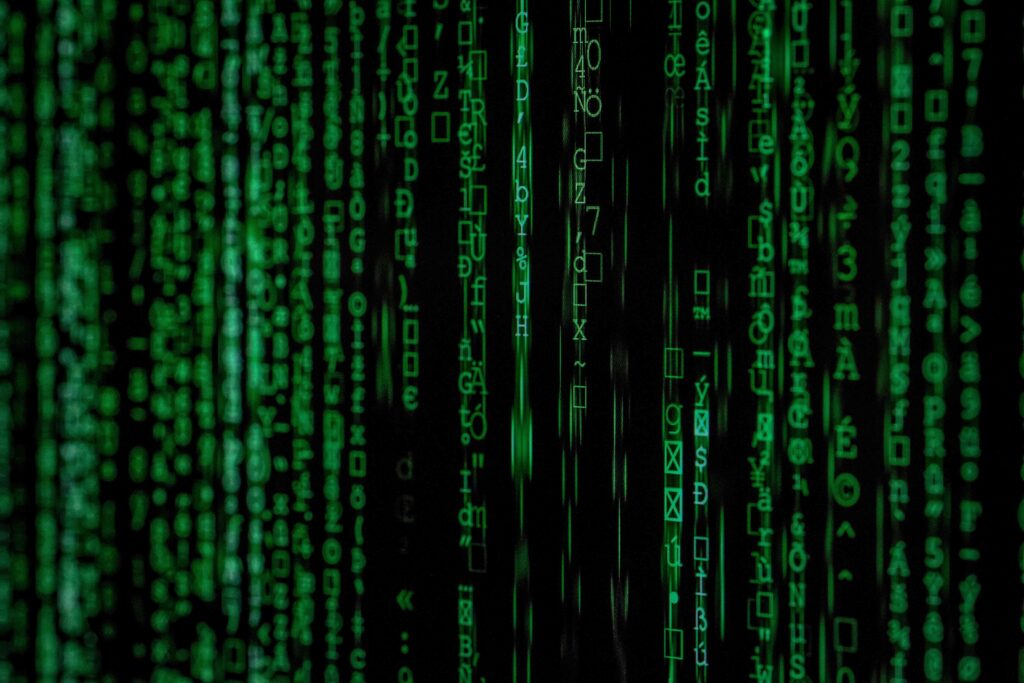In this blog post, we will explore how to recover malware infected websites. We will go over the steps necessary to take in order to clean your website and get it back up and running. We will also discuss how to prevent malware infections in the future.

What is malware?
Malware is a broad term used to describe malicious software. This can include anything from viruses and worms to Trojans and spyware. Malware is often used by cyber criminals to steal personal information or take control of a victim’s computer.
Infected websites are a common vector for malware infections. Websites can be infected with malware through vulnerabilities in the website code, or if the website owner has been tricked into installing malicious code on their site. Once a website is infected, visitors to the site can be infected with malware without even knowing it.
If you suspect your website may be infected with malware, it’s important to take action immediately. Malware can spread quickly and damage your reputation online. Infected websites can also be blacklisted by search engines, making it difficult for potential customers to find your site.
There are a few signs that your website may be infected with malware:
-Your website loads slowly or not at all
-You see unusual traffic spikes or sudden decreases in traffic
-Your website appears in search results for strange keywords
-You receive more spam email than usual
-You get frequent popups or redirects when trying to visit your website
If you suspect your website has been infected with malware, there are a few steps you can take to clean up your site and protect your visitors:
-Remove any suspicious or unknown code from your website
-Change all passwords for accounts connected to
How does malware get on my website?
Malware can get on your website in a number of ways. Often, it’s the result of your site being hacked. Hackers will insert malicious code into your site in order to redirect visitors to their own malicious sites, or to steal sensitive information.
Malware can also be injected into your site through third-party applications or plugins that you may be using. If these applications or plugins are not properly updated, they can provide a way for malware to enter your site. Finally, malware can be uploaded to your site through an insecure File Transfer Protocol (FTP) connection.
If you think your website may be infected with malware, you should take immediate action to clean it up and secure it against future attacks.
How do I know if my website is infected with malware?
If your website is infected with malware, you will likely see one or more of the following signs:
1. Your website loads slowly or not at all
2. You see unexpected pop-ups or error messages when trying to load your website
3. Your website looks different than usual, or certain elements are missing
4. You receive warnings from your security software about suspicious activity on your website
5. You notice that other websites are linking to strange or unfamiliar domains
If you see any of these signs, it’s important to take immediate action to clean up your website and protect it from further damage.
How do I remove malware from my website?
If your website has been infected with malware, there are a few steps you can take to clean it up. First, you’ll need to identify the source of the infection. This can be done by examining your website’s code for suspicious insertions, or by running a malware scan on your server. Once you’ve identified the source of the infection, you can remove the malicious code and then run a scan to make sure your site is clean. Finally, you should update your website software and security measures to help prevent future infections.
How do I prevent malware from infecting my website in the future?
It is important to take measures to prevent your website from being infected with malware in the first place. Here are some tips:
– Keep your software and plugins up to date. Outdated software can have security vulnerabilities that can be exploited by attackers.
– Use a web application firewall (WAF). A WAF can help block malicious traffic before it reaches your website.
– Use secure passwords and don’t reuse them on different websites. Hackers can steal passwords and use them to access other accounts.
– Be careful when downloading files from the internet. Make sure you trust the source before downloading anything.
Conclusion
There are a few things to keep in mind when trying to recover a malware infected website. First, it is important to identify the source of the infection and remove it. Next, you will need to clean up any malicious code that may have been injected into your website files. Finally, you will need to restore any lost data and ensure that your website is backed up in case of future infections. With these steps in mind, you can recovery your malware infected website and get back to business as usual.